Have you ever thought about what’s in a tablet besides the medicine? It’s not just the active ingredient. Many other materials are needed to make a tablet work. Tablets are one of the most common ways to take medicine, so knowing what they’re made of is important.
What tablet materials are used? What does the production process look like? Why are tablets so popular? And what problems can happen? This article will answer all these questions.
What Is Tablet Production?
At its core, tablet production is the process of compressing granules or powders into solid pills. Today, you’ll find a wide variety of tablets on the market in all sorts of shapes and sizes, from simple round pills to ovals and hearts.
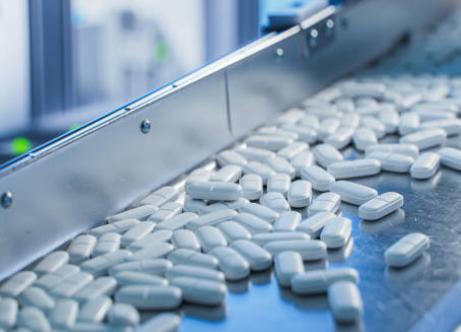
They’re popular for good reason: they’re small, easy to take, and designed to break down quickly in your body. A wide range of drugs can be produced this way. Depending on the type of tablet, a different method may be used to ensure the best results.
What Are the Essential Materials of Tablet Production?
So, what’s inside a tablet besides the medicine? While the exact mix changes for different tablets, a few key materials are almost always there. Here are the main players:
Active Pharmaceutical Ingredient (API)
The most important part is the medicine itself. The API is what makes the tablet effective against a certain disease. For example, the API in a vitamin supplement is the vitamin itself. The amount of medicine in the API must be very exact. Otherwise, the medicine won’t work the right way.
Fillers
We often add fillers to tablets to make them big and heavy enough to be easy to handle. These are common ingredients like lactose or sugar. They also help make the final product more stable.
Binders
Binders are like glue for a tablet. They can be powders or liquids, and they’re what hold the whole tablet together. Starch and gelatin are common binders. The right binder makes your tablet strong and stable, so it won’t fall apart before you take it out.
Disintegrants
This material doesn’t work well with a binder! A disintegrant makes the tablet break down into small pieces when it touches a liquid. This is important for the body to absorb the medicine quickly and effectively.
A Step-by-Step Guide to Tablet Production
Making a high-quality tablet requires a lot of care and precision. There are several key steps in making a pill from start to finish. Here’s a simple explanation of the process:
1. Material Preparation
First, get all your raw materials ready. This means they’re ground into a fine powder, and any key ingredients are extracted. Using high-quality materials is key to making a great tablet.
2. Turning Powder into Granules
After preparing the materials, they are turned into granules. Think of granules as tiny, consistent clumps of powder. This step is very important because it makes the material easier to work with and pack. There are two main ways to do this:
- Wet granulation: This method uses a liquid, which makes it good for materials that don’t flow well on their own.
- Dry granulation: This method is used for materials that don’t mix with water or are sensitive to moisture.
3. Mixing
Next, all the granules and materials are blended together. Thorough and consistent mixing is crucial to ensure that each tablet contains the correct amount of each ingredient. Blending machines make this process fast and efficient.
4. Tablet Pressing and Packaging
This is the last step! The mixed granules are put into a machine called a tablet press. This machine presses the granules with a lot of force to make a solid tablet. Once the tablets are pressed, they are ready to be packaged, often in blister packs or bottles. It’s important to package the tablets safely and attractively.
What Are the Benefits of Tablet Production?
So, why are tablets such a popular choice for medication? The production of tablets is a highly efficient, clean process that offers many advantages.
Accurate Dosing
With tablet production, the exact amount of medicine is in each pill. Dosage is key. Even a small change in dosage can greatly impact how well a drug works. This consistency is a major win for patient safety and treatment outcomes.
High Bioavailability
Bioavailability is how well and how fast your body can absorb a drug. Tablets are designed to dissolve quickly. This makes it easier for the body to absorb the active ingredients and get the full effect of the medicine.
Stable and Long-Lasting
Tablets are dry and solid, which makes them more stable than liquid medicines. They last longer and are easier to store. We can also add special coatings to protect them from things like light and moisture. This keeps the quality stable over time.
Convenience
Tablets are super convenient. They’re small and smooth, so they’re easy for everyone to swallow, including kids and seniors. Coatings can also make them smoother or hide an unpleasant taste, making them more convenient.
What Machines Are Used to Make Tablets?
Weighing Machine
The whole process starts with a weighing machine. These machines can measure every ingredient, even the tiniest amount. This precision is crucial because the right dosage is key to the quality and safety of a tablet.
Granulation Machine
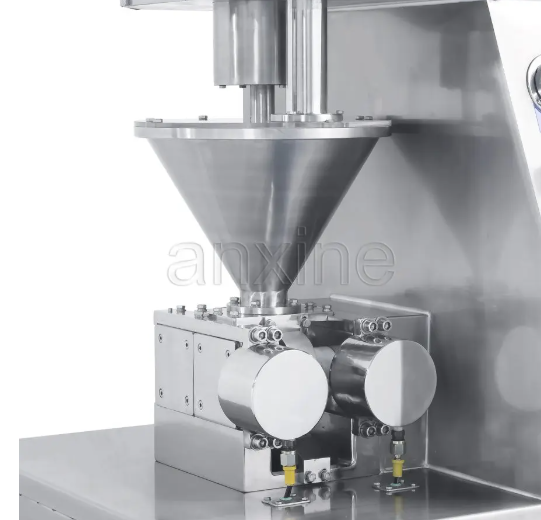
Next, we will look at the granulator machine. Its job is to turn powders into small, consistent granules. This step is important because it improves the flow of the material and ensures that the final tablet is strong and stable. Some advanced granulators can even coat tablets.
Powder Blender
A bin mixer blends all the powders and granules. This is a vital step to ensure that every tablet in a batch contains the same mixture of ingredients. A uniform blend guarantees consistent product quality.
Pill Press
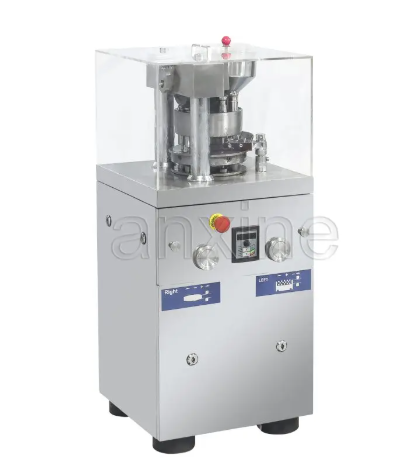
The tablet press machine squeezes mixed powder with great force to create solid tablets. It can be set to produce tablets of specific sizes, shapes, and weights while ensuring an efficient, hygienic process.
Tablet Coater
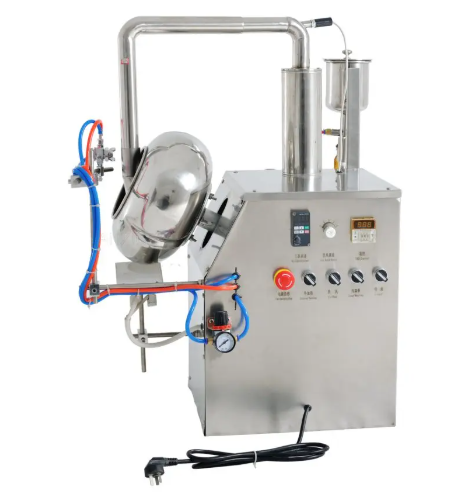
After a tablet is made, it goes to a tablet coating machine. This machine puts a protective layer on the tablet. This coating makes the tablets look better. Even better, it makes them more stable and durable. That means they won’t get damaged or ruined by moisture.
Blister Sealing Machine
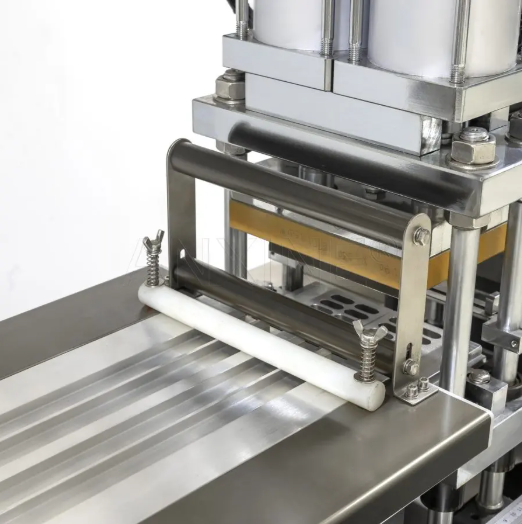
A blister packing machine quickly and cleanly seals tablets into the plastic and foil blister packs you see everywhere. This provides great protection and keeps the pills safe until they are used.
How Do Materials Influence Tablet Manufacturing?
The materials you use for a tablet—and especially how well they’re mixed—have a huge impact on the final product. The tablet’s performance and appearance depend on it.
Final Tablet Quality
Poor mixing is a big issue. When ingredients aren’t blended properly, some tablets will contain too much medicine, while others will contain too little. This issue of inconsistent content is a major safety concern. Also, tablets may have different weights, which shows bad quality.
The Production Process
A good mix helps keep things running smoothly. The materials are mixed well and move through the machine. This makes the process steady and efficient. If you don’t mix the materials well, they can clump together and cause blockages. This also affects how the tablet is compressed. An even mix makes a uniform tablet, while a bad mix can lead to tablets that crack or fall apart.
Stability and Appearance
Even mixing helps after the tablet is made. When ingredients are blended evenly, sensitive ones are protected from moisture and air. This helps the tablet last longer. A good mix also makes the tablets have the same color and look. A bad mix can cause spots and make the tablets look bad.
Final Takeaways
You now have a better understanding of what it takes to make a tablet. It’s more than just medicine. Tablets are made with a careful choice of materials and a precise production process. This is what makes them so reliable and popular. Do you have more questions? Feel free to ask!